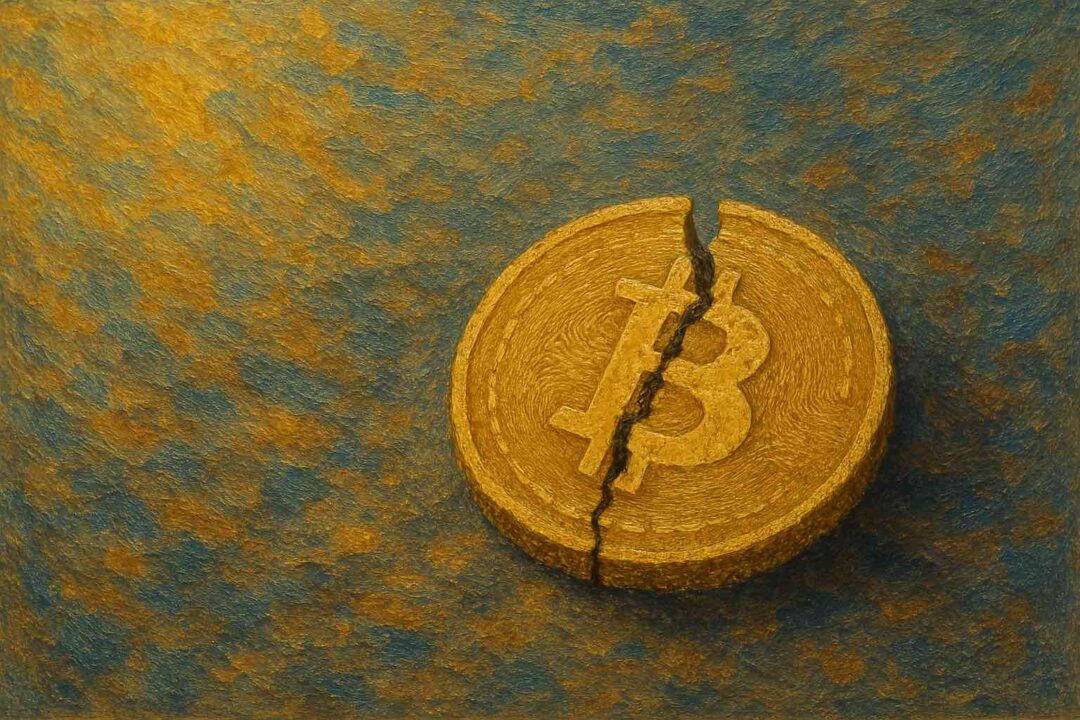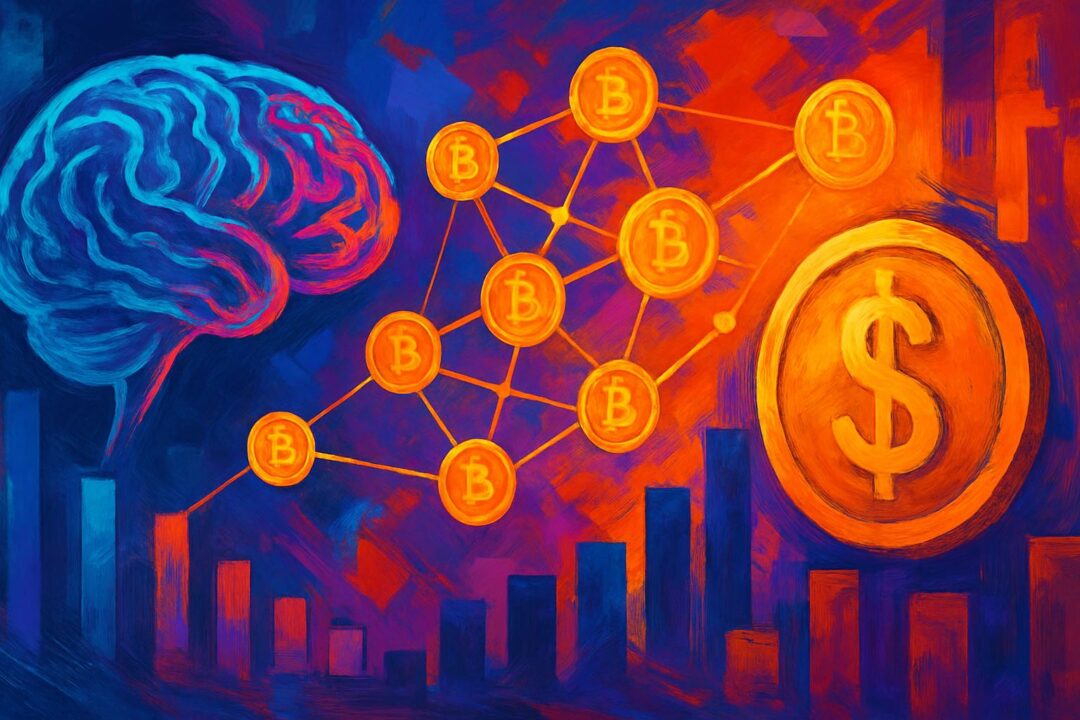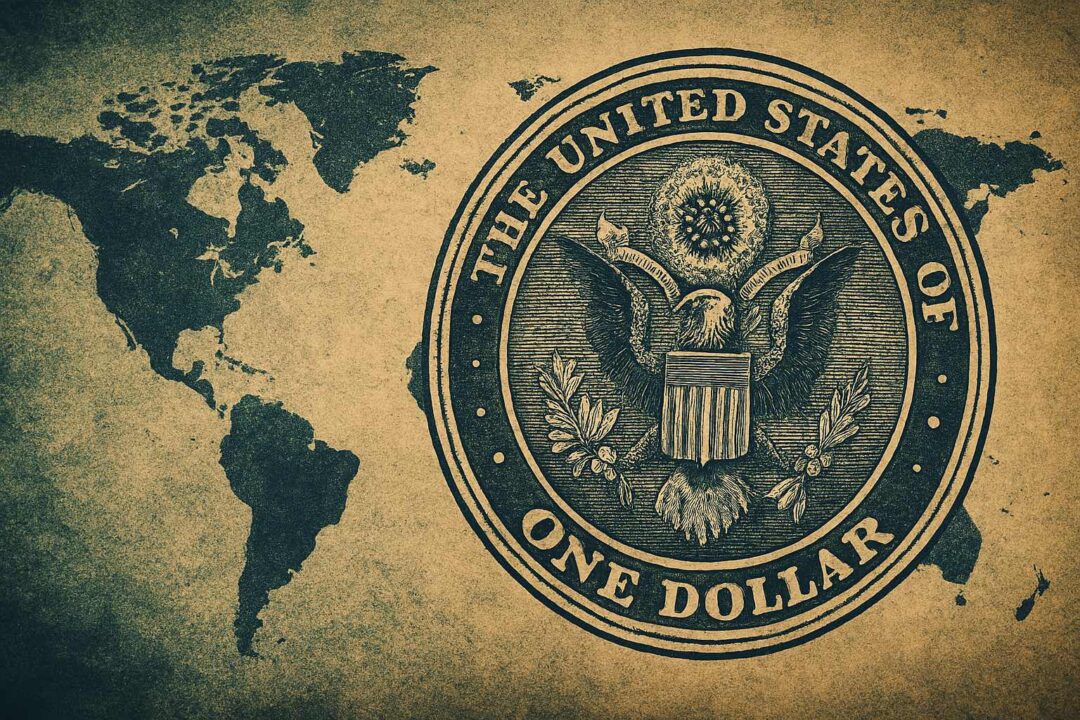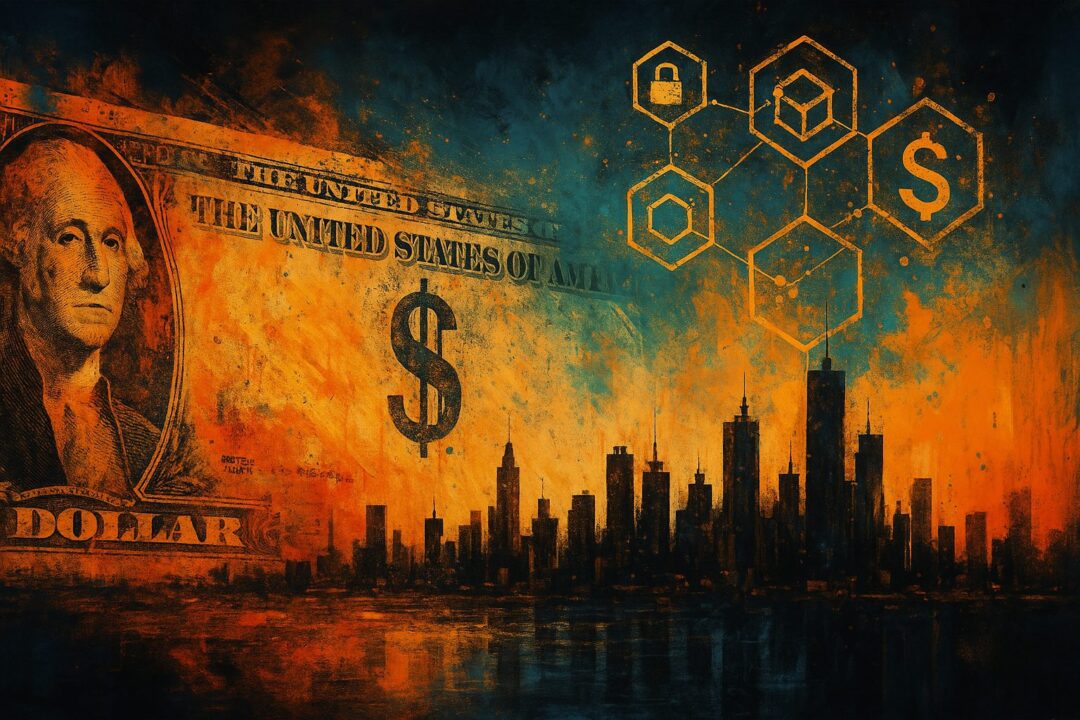This is a thought experiment. I’m still learning about how stablecoins and DeFi work, so some of this may be incomplete or a bit off. But the more I dig into it, the more it seems like stablecoins — especially USDT — are quietly reshaping how money moves. I’d love to hear your thoughts!
🧱 Stablecoins: The Quiet Revolution in Money
Stablecoins like USDT (Tether) and USDC are digital tokens designed to hold a constant value — usually $1. They’ve become the foundation of the crypto economy, allowing people to trade, lend, borrow, and invest without using a bank.
But unlike dollars in a traditional bank, stablecoins aren’t just sitting around in a vault somewhere.
And that’s where it gets interesting.
💡 When You Buy 1 USDT, Here’s What Happens:
- You give $1 to Tether.
- Tether gives you 1 USDT — a token that always tries to be worth $1.
- Tether takes your real dollar and invests it, often in U.S. Treasury bills.
Now you have:
- A digital dollar (USDT) that you can use in the crypto world.
- Tether has your real dollar and is earning interest on it.
- The U.S. government is spending the dollar you originally deposited.
That’s already three separate uses for one original dollar.
🔗 Stablecoins Unlock a New Layer of Economic Activity
The key innovation here is stablecoins themselves.
Unlike dollars in a bank:
- They move freely across blockchains.
- They’re programmable and composable — meaning they plug into DeFi protocols like Lego blocks.
- They’re used in lending, borrowing, staking, and collateralization, across hundreds of platforms.
So when you take your 1 USDT and deposit it into a DeFi platform, you can:
- Lend it out and earn interest.
- Use it as collateral to borrow other assets.
- Loop that process multiple times (deposit, borrow, repeat).
This creates multiple layers of dollar-like claims, all stemming from the same original dollar.
🧮 One Real Dollar → Many Virtual Dollars
Here’s how this can spiral:
| Layer | Action | Result |
|---|---|---|
| 1 | You give $1 to Tether | 1 USDT is minted |
| 2 | Tether buys U.S. Treasuries | Government receives and spends your dollar |
| 3 | You use USDT in DeFi | It’s used as collateral or lent out |
| 4 | Borrowed assets are re-used | More synthetic “dollars” enter circulation |
| 5 | Tether earns interest from Treasuries | That interest becomes new spending power |
At every step, the same real dollar is powering multiple economic functions — and all of it is enabled by stablecoins.
🏦 Why This Is Different from Banks
Banks do something similar with fractional reserve banking: they lend out deposits while still showing them as available in your account.
But stablecoins do this outside the banking system, and with even less oversight.
Banks are regulated and can access the Federal Reserve if things go wrong.
Stablecoins don’t have that safety net.
They’ve essentially created a private parallel money system, where:
- Dollars are tokenized.
- Those tokens are used in DeFi to multiply value.
- The underlying dollars are invested in government debt, earning returns.
🔄 Feedback Loop: Money from Thin Air?
This is the loop I’m still trying to fully grasp:
- You give $1 to Tether → get 1 USDT.
- Tether buys Treasuries → earns yield.
- U.S. government spends your dollar.
- You use USDT in DeFi → more synthetic credit created.
- Borrowed funds get reused, staked, or rehypothecated.
- Tether spends the yield → even more dollars in motion.
It’s not literally printing money, but it starts to feel like it — because the same dollar is doing five or ten jobs at once.
🚨 Risks? Definitely.
This kind of “money multiplication” is powerful, but also fragile. If:
- People lose confidence in USDT,
- Or DeFi platforms get hacked or collapse,
- Or a mass redemption is triggered,
…then all the layers above can unravel quickly.
Unlike banks, there’s no central authority to backstop redemptions or prevent panic.
🤔 Still Learning, Still Asking Questions
I don’t have all the answers, and I’m definitely still learning. But stablecoins seem to be quietly reshaping how liquidity works — not just in crypto, but potentially in the broader financial system.
Some questions I’m still thinking about:
- How many synthetic dollars are we really creating this way?
- Could this system amplify shocks during a crisis?
- Is this a good or dangerous form of innovation?
💬 What Do You Think?
If you’ve made it this far, thank you. I wrote this to organize my own thinking, not to present myself as an expert. If you know more about this, I’d love your feedback or corrections.
Stablecoins might seem boring — just “dollars on a blockchain” — but I’m starting to believe they’re one of the most transformative and underappreciated forces in finance today.
Discover more from Brin Wilson...
Subscribe to get the latest posts sent to your email.



